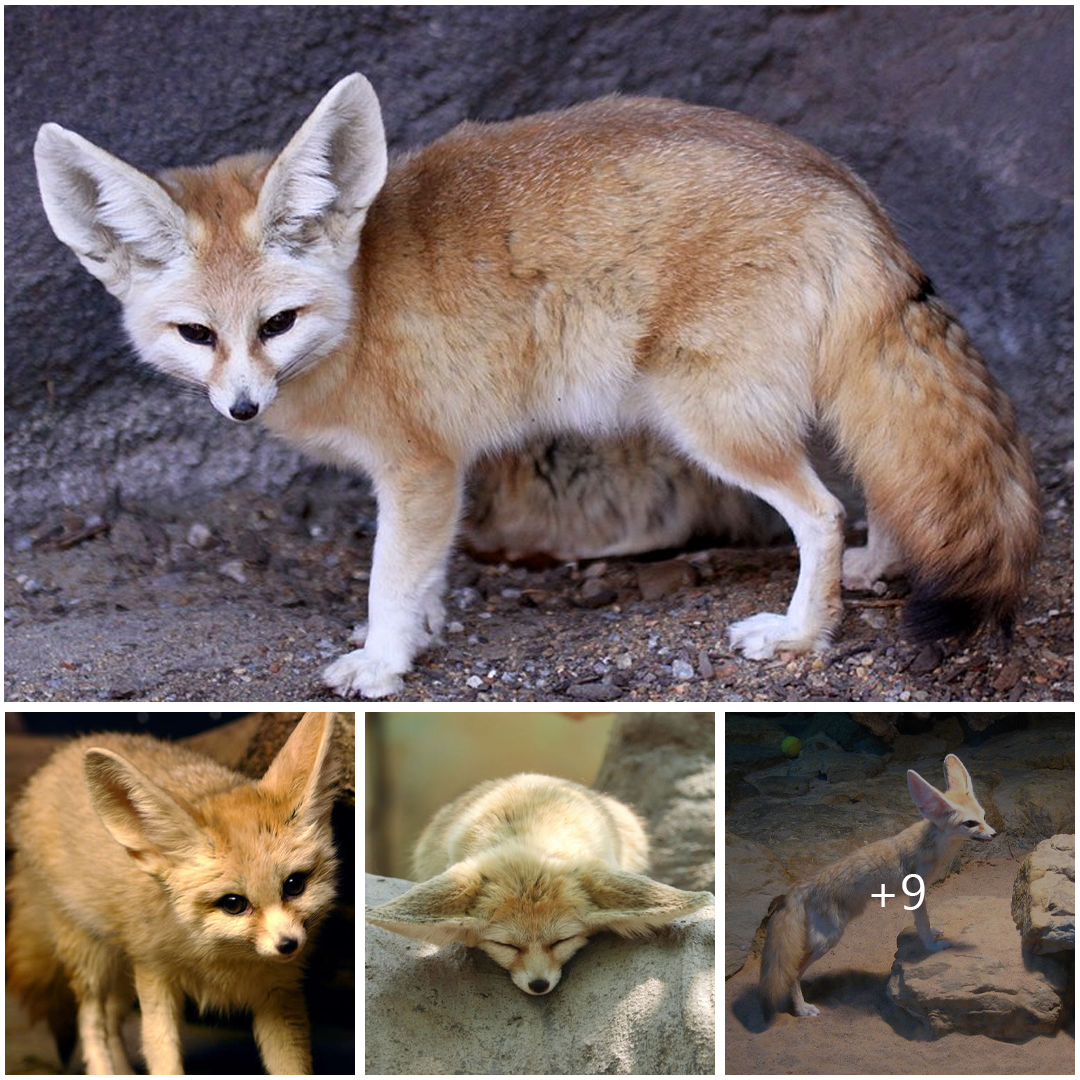
Unveiling the Mysteries of the Fennec Fox: The Desert’s Enigmatic Canine
In the vast and arid landscapes of North Africa, a diminutive creature roams with an air of mystery and grace. The Fennec Fox, scientifically known as Vulpes zerda, stands as an icon of desert adaptation and survival. With its distinctive large ears and sandy-colored fur, this fox species captivates both scientists and enthusiasts alike, offering a glimpse into the unique world of desert ecosystems.
Adaptations for Desert Life
The Fennec Fox has evolved a suite of remarkable adaptations to thrive in its harsh desert habitat. Its most notable feature is its oversized ears, which serve multiple purposes. These ears not only aid in dissipating heat but also enhance the fox’s acute sense of hearing, allowing it to detect prey movements and potential predators over long distances. Additionally, the Fennec Fox’s thick fur coat provides insulation against the extreme temperature fluctuations typical of desert environments, while its light coloration helps to reflect sunlight, keeping the fox cool during the scorching daytime heat.
Behavior and Social Structure
Despite its solitary nature, the Fennec Fox exhibits some social behaviors, particularly within family groups. These foxes typically form monogamous pairs during the breeding season, with both parents participating in the care of their offspring. Their burrow systems, which they dig into the sandy soil, serve as shelters from the intense heat and offer protection from predators. These burrows may extend several meters underground and often feature multiple entrances.
Dietary Habits
As opportunistic omnivores, Fennec Foxes have diverse diets that vary based on seasonal availability. While they primarily consume small mammals such as rodents, insects, and birds, they also supplement their diet with fruits, roots, and vegetation when prey is scarce. Their keen sense of smell enables them to locate buried food items, making them highly adept foragers in their desert habitat.
Conservation Status and Threats
Despite their adaptability, Fennec Foxes face numerous threats to their survival. Habitat loss, primarily due to human encroachment and development, poses a significant challenge to their populations. Additionally, illegal pet trade and hunting for their fur further exacerbate conservation concerns. Efforts to conserve these enigmatic canines include habitat protection, anti-poaching measures, and public education initiatives aimed at raising awareness about the importance of preserving their natural habitat.
Conclusion
The Fennec Fox, with its fascinating adaptations and elusive nature, continues to intrigue researchers and wildlife enthusiasts around the world. As one of the iconic species of the desert, it serves as a symbol of resilience and adaptation in the face of harsh environmental conditions. By understanding and appreciating the mysteries of the Fennec Fox, we gain valuable insights into the intricate balance of life in one of the Earth’s most unforgiving landscapes





